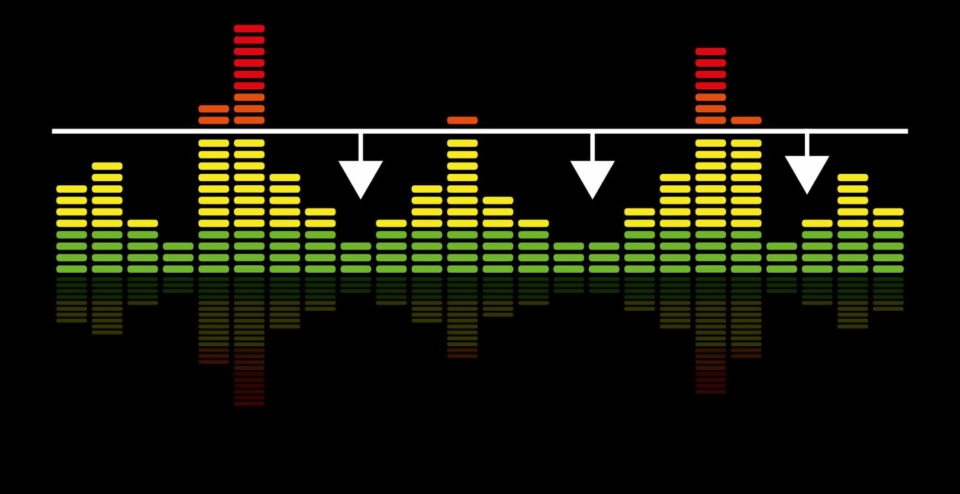
Peakshaving
Imagine this: you have quite a few appliances turned on and at peak times your energy consumption skyrockets. The result? A higher bill and a heavier burden on the electricity grid. With peakshaving, you can prevent this!
For lower costs and stable energy
You do this by being smart about your energy use and distributing energy better throughout the day. This helps not only yourself, but also the grid. Fewer peaks means lower costs and a more stable energy supply.

Spread consumption
Peakshaving is a technique that reduces peaks in energy consumption to make the power grid more stable and reduce costs. The system uses energy storage such as batteries and controls devices to spread consumption. This prevents the highest peaks. This helps reduce not only capacity tariff costs, but also grid connection costs.
Additional capacity
Grid operators must ensure that the power grid has enough capacity to handle peaks in power demand. This means that they often have to reserve extra capacity, even if these peaks occur only occasionally. The level of such a peak often determines the cost of the electricity you consume.
Fewer spikes
Peakshaving is a technique that helps reduce the highest peaks in energy consumption, keeping them below a certain maximum. This not only reduces costs, but also helps make the power grid more stable and reliable. The goal is to reduce short-term, large energy demands in a building, household or business.
Less power
The peakshaving system looks at energy consumption, local energy generation (such as solar panels), and energy storage. It measures consumption every 15 minutes because system operators (DSO) calculate peak load over this period for their tariffs. The system uses energy storage to reduce peak energy consumption. This energy storage (such as batteries) allows the peak to be captured so that less power needs to be taken from the grid. Thus, at night or when energy is cheaper, charging can be done with solar power, for example, to reduce the peaks later. This reduces both connection costs and energy costs.
Insight and Control
An EMS is an advanced system that helps optimize and manage energy consumption within a building, household, or business. The system uses smart technologies such as sensors, meters, and algorithms to monitor and regulate energy consumption as well as energy generation and storage. The key functionalities of an EMS are explained below.
Energy Management SystemEnergy Monitoring
Self-consumption optimization
Dynamic Load Balancing

Peakshaving

Dynamic rates

Imbalance market
Less consumption
Peakshaving can also be applied by temporarily making energy-intensive appliances (such as heat pumps, cooling systems, electric vehicle charging stations or boilers) use slightly less energy or even turn them off
Lower rate
In the Netherlands, it is possible to reward households and businesses with a lower grid tariff if they bypass peaks on the electricity grid and make use of quiet times. Through smarter use of the grid, the costs for households can be reduced and multiple connections can be realized on the same cable.
Read more about Energy Management System (EMS)
The energy market is in full transition, and it’s not happening without fits and starts. Demand for electricity is exploding and renewable sources such as solar and wind continue to depend on the weather. The result: uncertain prices, limitations for consumers and major challenges for our future sustainability. With an Energy Management System, you get the most out of your energy sources without losing comfort.